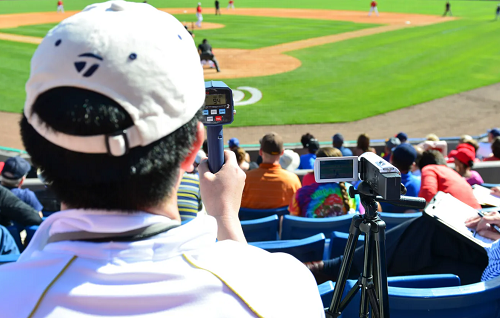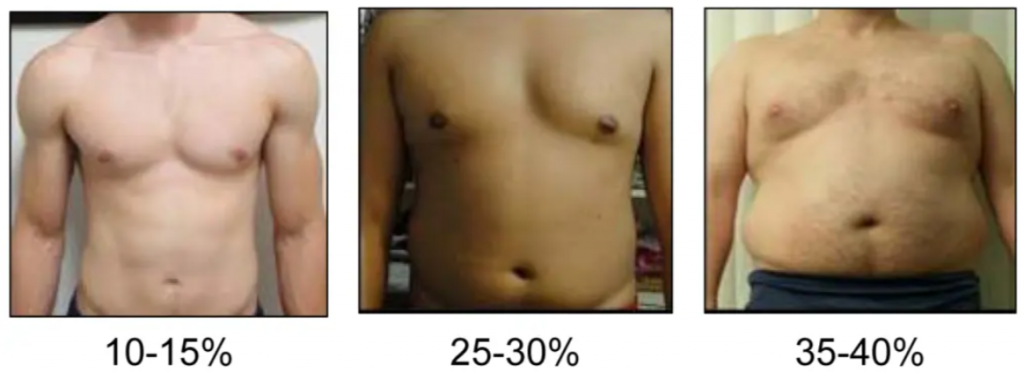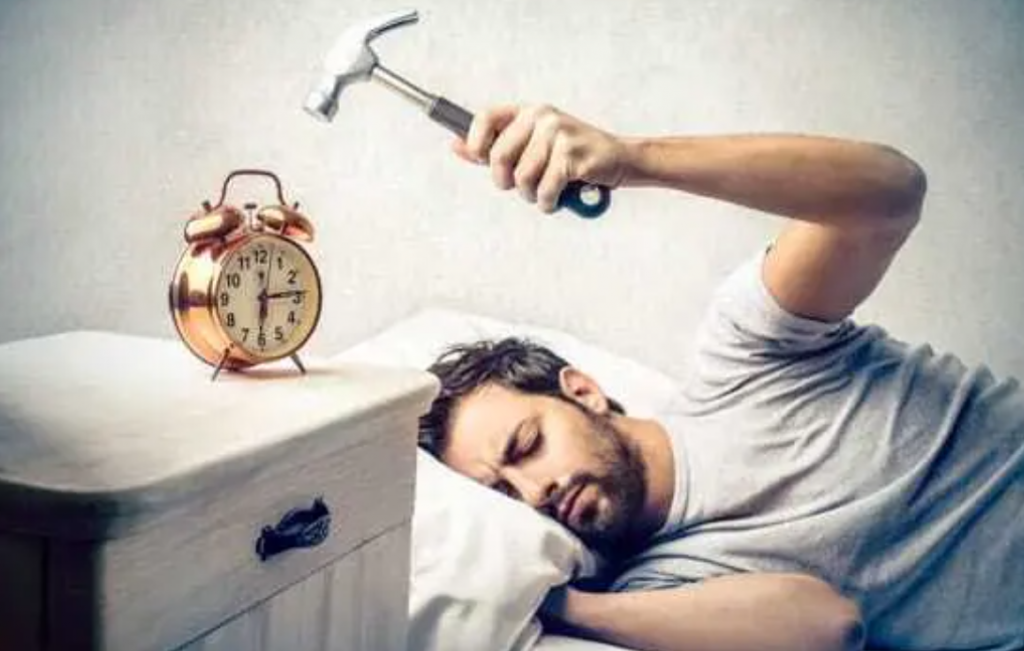
Beginning at some point late in the summer through the fall season, we get a number of pitchers that walk in the door wondering why their velocity is down from its peak earlier in the season. There can be a number of potential contributors…
-
- Loss of Strength / Power
- Loss of Bodyweight
- Loss of Mobility
- Bad Sleep Habits
- Overuse
- Injury
Here we go…
1. Loss of Strength / Power
Medicine and Science in Sports and Exercise published a review of several studies on the subject that looked at rowers and power athletes. For both of these groups, muscular strength fibers appear not to change quickly but while general strength doesn’t change much in a month…
Specialized, sport-specific muscle fibers start to change in as little as two weeks without a workout.
This causes problems for all athletes but for pitchers, loss of stability (eccentric strength) in the lead leg and power (concentric strength) in the back leg during the stride phase are two big ones to name a few. This can cause a mounds-man to release the ball with more of an extended leg at foot strike causing them to start missing up in the zone as well as developing an inconsistent release point.
2. Loss of Bodyweight
Nothing will be a bigger deal breaker for throwing harder than gaining lean muscle mass. Period.
There are numerous studies out that show a high correlation between increase in bodyweight and increase in velocity (click here). The average weight of an MLB pitcher has gone up substantially in the last 20 years so it should be no surprise that 17 of the top 20 pitching velos of all time have also been in the last 20 years (click here, note – to find out how to gain lean muscle mass please feel free to check out my blog on “Eating for Success”).
Please keep in mind though we’re talking about weight in lean muscle mass not body fat. As you can see below, there are a few ways you can wear your body weight. As a general rule of thumb, baseball players should carry anywhere from 10-15% body fat.

3. Loss of Mobility
It’s no secret that the protocol for pre-game warm-ups in baseball can be at best a bit lax. If you’re getting off the bus, throwing 20 pitches and running a few laps and getting on the mound, don’t expect your velo to top out until somewhere around the 3rd inning. This is all the more reason for a “set in stone” 20-25 min. warm-up routine focusing on soft tissue work, full body mobility and cuff activation. This is even more important early in the season when the temps at game time in the northeast can still be in the 40’s.
(Quadruped T-spine Mob)
(Lying Knee-to-Knee)
4. Bad Sleep Habits
Believe it or not, I feel that this point is the biggest deal breaker of the five I have listed here. Poor sleep quality severely affects our circadian rhythm, compromising an athlete’s ability to recover from daily stressors. Whether it be stress from a practice, game, late night out, stress from school or relationship issues, 10-12 hours of sleep while growing is paramount. After that a good 8-10 hours / night for more mature athletes will suffice.

5. Overuse
From my experience, many of the guys who fall prey to the “velo roller coaster” throw at or near velocities that sit between 85-90 mph. These guys have a tendency to get used a lot on the mound, and often times also as two-way players. This cuts the amount of recovery time down significantly.
Combine this with points #1 and #2 above and you get a recipe for sudden and unexpected drops in strength and/or velocity. This is the reason why guys that are sitting under 80 mph don’t find themselves dealing with inconsistent numbers as much. Truth be told they just don’t see as much playing time, so weight loss and fatigue don’t really come into play as much.
As for the pro guys sitting at 93 and above, they’re older, stronger and more experienced. They make sure they’re getting their reps in the weight room and consuming the extra calories during the season (especially the summer months) to ensure they’re at optimum levels when called upon.
6. Injury
The bottom line is this, you can’t throw effectively if you’re injured. It’s bigger than you. You may think you’re throwing hard but 100% intent while injured is much less than that same intent healthy. You’re only as strong as your weakest link. If you’ve got Points 1 thru 4 listed above in-check you’re already ahead of the game.
So, there you go… 6 reasons why your pitching velocity decreased during the season. But, here’s the take home, stay strong, eat and sleep enough and get in your daily mobility work and you’ll be at your best come playoff time when every one else is falling…
See ya’ in the gym…
By Nunzio Signore
You live too far to train with us in-house at RPP? You can now train with us on a REMOTE basis.


